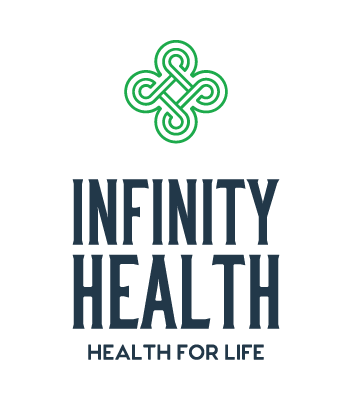Treatment for Achilles Tendinitis is one of our most common program requests.
Achilles tendinitis is an overuse injury of the band of tissue that connects your calf muscles to your heel bone. It is a common injury in runners, particularly those that have increased their duration or intensity. We also see it appear in middle-aged people who play sports frequently.
Once you have been diagnosed with Achilles Tendinitis, treatment is typically relatively easy to accommodate with rest, strength training exercises and customized stretches.
Symptoms
Achilles Tendinitis will typically begin as a mild ache in the back of the leg or above the heel. Commonly after running or other sports activity. May patients also experience tenderness or stiffness, especially in the morning, which usually improves with mild activity.
You can reduce your risk of developing Achilles Tendonitis by following these tips:
Increase your activity level gradually.
When you start training, build in small gradual increases to the duration and intensity of your activity. This will limit excessive stress on the tendon.
Take it easy.
If you are doing any exercise that places excessive stress on your tendons, such as hill running or an other strenuous activity, be sure to warm up first. If you notice any pain or discomfort while exercising, stop and rest.
Choose your shoes carefully.
Make sure you have the right type of shoes for not only the activity you are undertaking, but also that work with the particular form of your foot and gait. Be sure to replace your shoes regularly as worn out shoes can also contribute to stress on your tendon.
Stretch daily.
Stretching daily is important for any activity you will be taking in the run of a day. To prevent Achilles tendinitis, make sure to focus on stretching out your calf muscles and the tendon itself before and after exercising.
Strengthen your calf muscles.
Your calf muscles and Achilles tendons will be more equipped to handle the stresses they encounter with activity and exercise if they are strong.
Cross-train.
Create a training schedule that includes both high-impact and low-impact activities. Combining running with cycling or swimming is a great way to accommodate this.
Treatment
If you’ve been diagnosed with Achilles Tendinitis, there are a number of treatment options available to regain strength and flexibility in the tendon and calf muscles. It is recommended to work with a Physiotherapist to have a program tailored to your particular case. They will take things into consideration such as your level of activity, physical fitness and extent of your injury.
Here are two of the most common stretches and strengthening exercises we use to treat Achilles Tendinitis:
Toe Stretch:
- From a seated position, extend your affected leg so that your heel is on the floor.
- Reach down and pull your big toe up and back away from the floor.
- Hold for at least 15 to 30 seconds.
- Repeat with the opposite leg if necessary.
- Repeat 2 to 4 times a session, up to 5 sessions a day.
Calf Strengthening Exercise:
This exercise is aimed at building strength after an Achilles tendon injury. Your Physiotherapist can help you move on to more challenging exercises as you heal and get stronger.
- Stand on a step and let your heel drop off the edge.
- Come up on to your toes and slowly count to 10 as you lower yourself back down until your heel is below the step.
- Repeat with the opposite leg if necessary.
- Repeat 8 to 12 times per side, half with the knee straight and half with the knee bent.
For more information on building a rehabilitation program, send us a note and we can start working on a tailored program for you.

